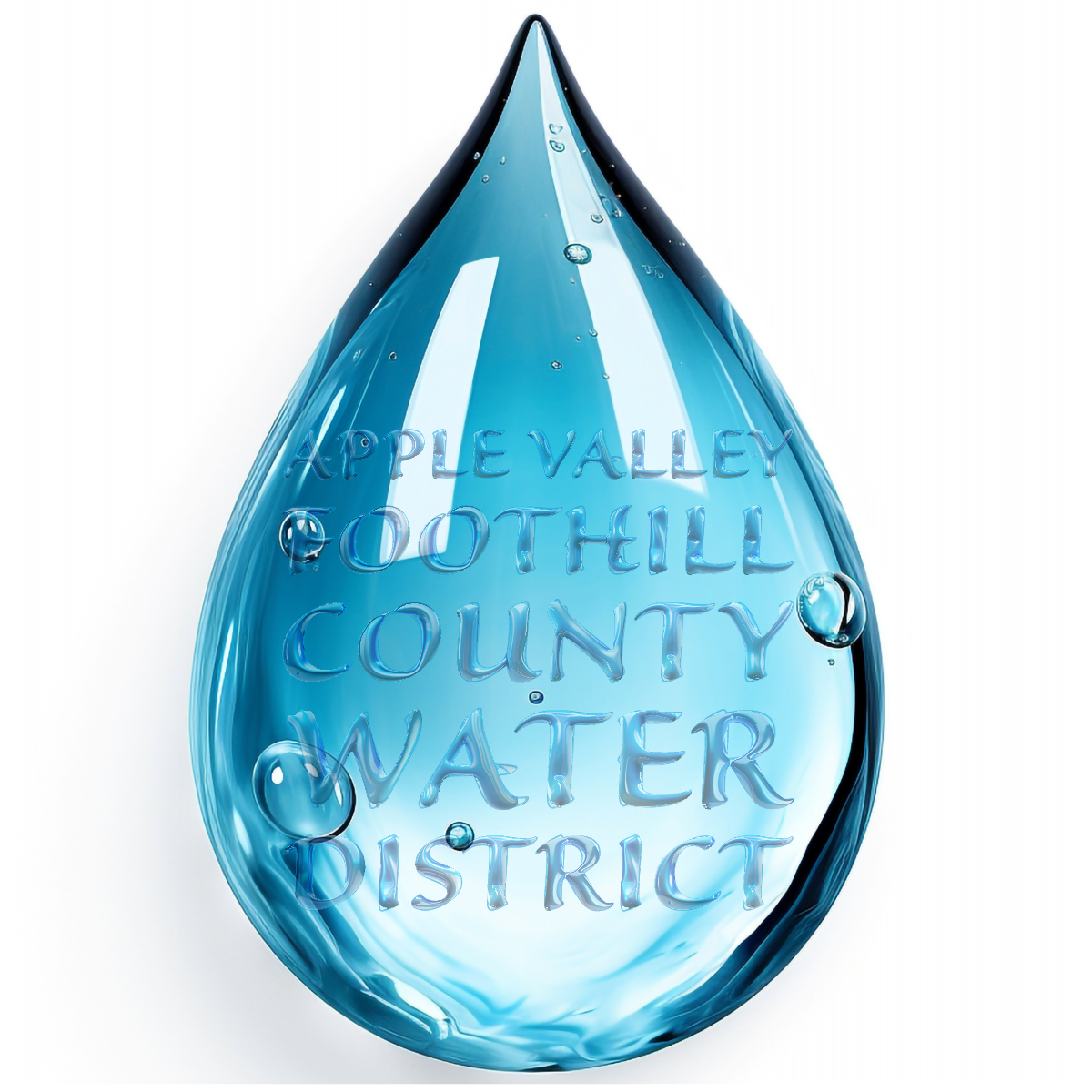Billing Questions
While I’m on vacation, what should I do about paying my water bills?
Don’t come home to find your water turned off! Anticipate and pay your bills in advance. Also, if you are moving, remember to call the District about having your water turned off and taking service out of your name.
Where is my water meter located, and how do I read it?
Most water meters are at the front of your property or the property line near the street. The District uses a digital read display and “speedometer” type meter that works like the odometer in your car… except that it records cubic feet of water instead of miles traveled. The series of numbers in the odometer reflects your water consumption in units of 100 cubic feet (=748 gallons of water). Read the numbers left to right, but don’t include the last two on the far right. For example, if last month’s reading of 004500 units is subtracted from this month’s reading of 006500, then 2000 cubic feet for water usage have been logged. This, in turn, equates to 20 units of billable usage. This is what would be reflected on your bill.
What happens if I feel I have been over-billed?
If you receive a water bill, which is unusually high, you may have a water leak. If you suspect a water leak, there are some things you can do to find out. Read your water meter – use your water meter to check for leaks in your home. Start by turning off all faucets and water-using appliances. Make sure no one uses water during the test period. Take a reading on your meter; wait about 30 minutes, then take a second reading. If the dial has moved, you leak. Is the leak inside or outside your home? Turn off your house valve (emergency shut-off valve, usually found below your hose spigot) and repeat the above process. If the dial has moved, the leak is between your meter and your home; otherwise, your leak is located inside your home or in the pipes under your home.
Check for toilets that run…the most common source of leaks is in the toilet. Check all toilets for leaks by placing a few drops of food coloring in the tank. If the dye shows up in the bowl after one hour, the toilet leaks.
Check for leaky faucets…the next place to check for leaks is your sink and bathtub faucets. One drop of water per second wastes 2,700 gallons of water per year! Replacing the rubber O-ring or washer inside the valve can usually repair dripping faucets.
If you have taken the above steps to detect and correct the water leak and your consumption continues to increase, please call the District at (760) 247-1101

